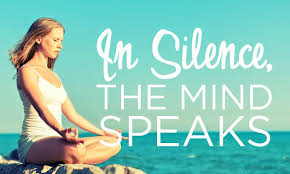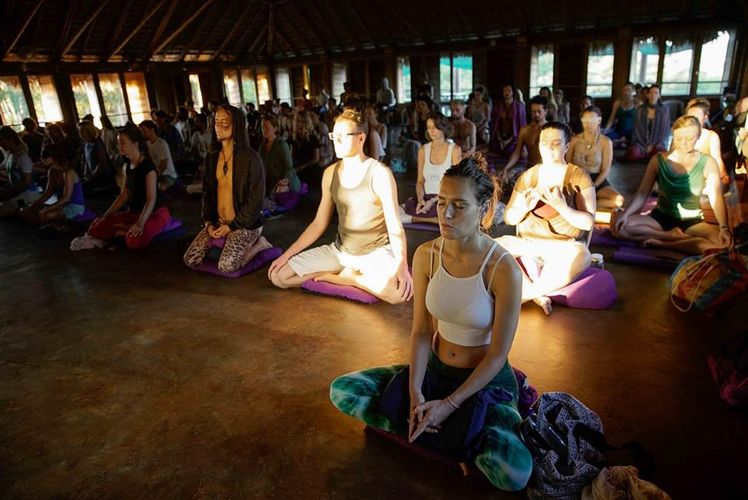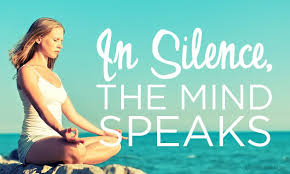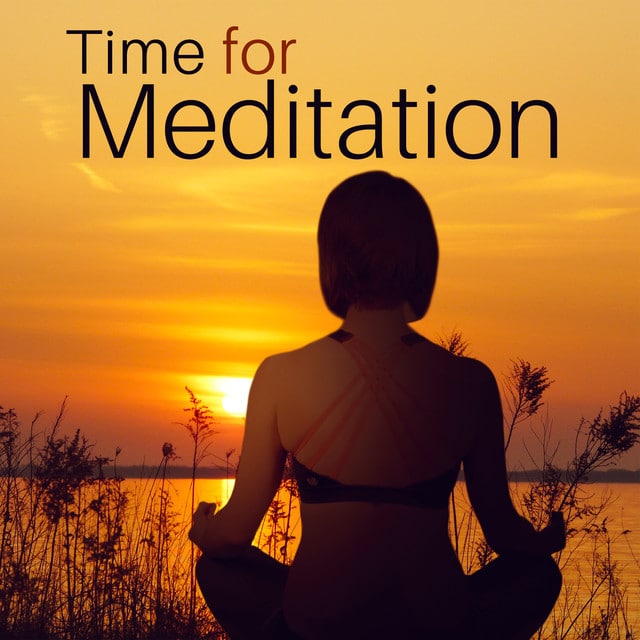If you’ve been meditating for a while and are looking to take your practice to the next level, one of the best ways to do so can be to find a meditation retreat that fits your style and approach to meditation.

Retreats can range from weekend workshops to month-long programs of intensive study and meditation. Some will have lectures and guided programs, while others will quite literally sit you down in a silent room and leave you to your thoughts…or hopefully the lack thereof!
Fortunately, if you’re considering a silent meditation retreat, there are a few things you can do to prepare yourself before you begin.
Increase Your Daily Meditation Time
First and foremost, if you’ve never done a silent retreat before, it’s important to understand that you’ll be doing a lot of meditating…often as much as 10 hours per day.
For most people, that’s a dramatic increase in their usual routines. After all, the entire point of the retreat is to up the ante and allow you to dive deeply into an exploration of your inner self.
However, if you currently average around 15-30 minutes a day in meditation, diving into an all day, every day retreat can be tough. I’d recommend you prep by gradually building up your practice in the weeks before your retreat, just as a marathon runner would increase his endurance gradually before the day of the race.
Aim for meditating multiple times throughout the day, and make sure you do at least some meditations that are over an hour long. Otherwise, you might be surprised when you get into the silent retreat.
Read more about developing your daily meditation routine.
Take a Group Meditation Class

Another important aspect of silent meditation retreats that many people overlook is that they’ll be meditating in a group, which can range anywhere from 10-20 people to over a hundred.
While most people meditate silently at home, practicing meditation in a group is a very different experience. Before your retreat, be sure to try out a few different group meditation classes to get a feel for what it’s like to sit silently alongside others.
Also consider finding a class that is in the same style as the retreat you’ve chosen, since different meditation practices and traditions can create dramatically different experiences in the group setting.
Decide On Your Preferred Posture
It’s also important to practice your preferred meditation posture before you go to your retreat. As I mentioned above, you’ll probably be sitting for much longer periods than you’re used to, and you want to make sure your body is just as prepared as your mind.
Some retreats, such as Vipassana, will advocate strongly that you sit cross-legged and erect, while others will allow you to stretch out on a yoga mat or provide chairs and other seating options. Knowing and stating your preferred posture at the start of the treat will help the organizers to accommodate you, so you can have the most comfortable experience possible.

Read more about choosing a meditation posture that’s right for you.
Eat Healthily, and Eat Less
Meditation isn’t just about quieting the mind; it involves a total view of your mental and physical health. When you improve your physical health and give the body the nutrients it truly needs, your meditations will feel lighter, more relaxed, and you will have a deeper, more blissful experience.
Before you attend a silent retreat, prepare your mind by cutting back on unnecessary food items. This includes alcohol, added sugar, and caffeine. Many people also choose to cut back on meats, and replace them with an increase in plant-based proteins.
Reducing your portion size can also help to clear your mind. As a general rule of thumb, you can eat about 30% less than what your normal portions are and still have more than enough sustenance to meet your body’s needs. Follow the old adage to breakfast like a king and sup like a pauper, and cut your evening meal down to a light, healthy snack. This is a great way to eat less, without feeling hungry during the day. After a few days of this routine, your meditations will become clearer, and you will feel better.
Know What You’re Getting Into
Lastly, before you sign up for any silent meditation retreat, make sure you do your homework. Research the program you want to explore, and try out a few meditations in the style it uses.
Meditation styles can be a very personal affair, and there’s nothing worse than showing up to a week-long retreat only to discover on the first day that you can’t stand the practice!
There is no right or wrong answer here; it’s a matter of personal choice. That means that just because your friends all love a particular program, doesn’t mean you will resonate with it in the same way. Explore the options available to you first, practice the meditations, and then decide if the retreat is right for you!
If you don’t already know what style of meditation you’re looking for, take our free introductory course to learn how to pick the style that’s right for you.




